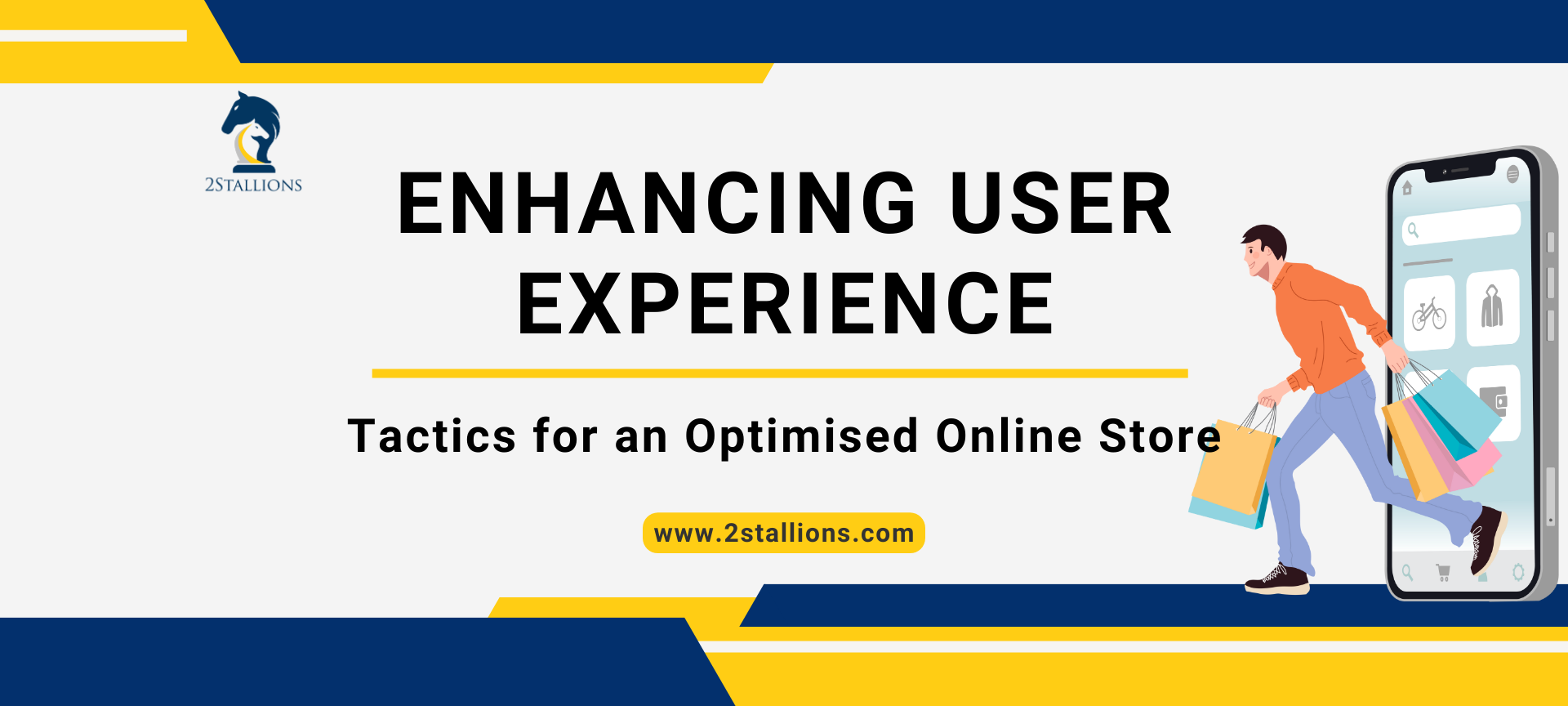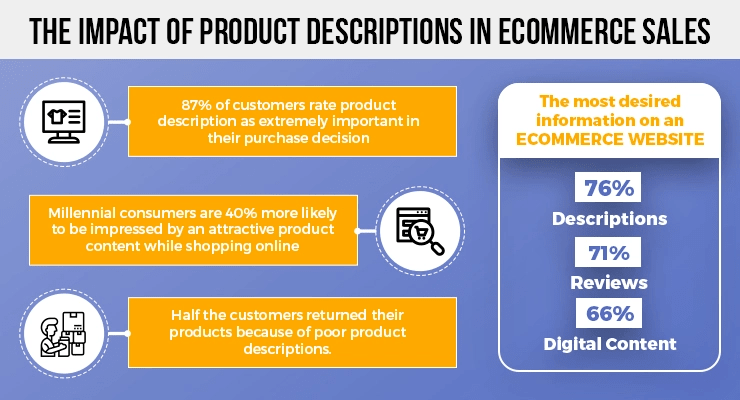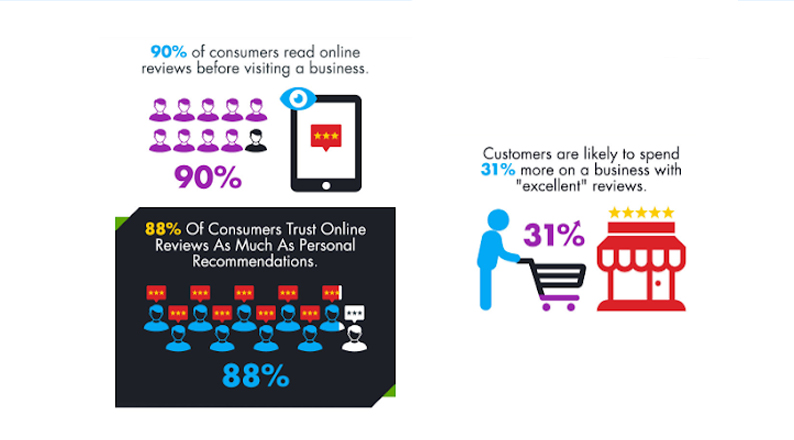Content
SHARE

In today’s highly competitive e-commerce landscape, enhancing user experience has become crucial for the success of an online store. User experience, often abbreviated as UX, refers to the experience a user has while interacting with a website or application. A positive user experience can significantly impact sales and customer loyalty in online shopping.
Understanding the Importance of User Experience in E-commerce
Before diving into the tactics to enhance user experience, it is important to understand its significance in the context of online shopping. User experience goes beyond aesthetics and design. It encompasses all aspects of a user’s journey, from the moment they land on a website to the point of purchase and beyond.
When delving into the world of e-commerce, one must appreciate the intricate dance between user expectations and digital interfaces. The user experience is akin to a carefully choreographed ballet, where every move matters. From the initial click on a search result to the final checkout confirmation, each step must be seamless and intuitive to ensure customer satisfaction.
Defining User Experience in the Context of Online Shopping
In online shopping, user experience refers to how seamlessly and efficiently customers can find, evaluate, and purchase products. It includes website speed, ease of navigation, clear product descriptions, and trustworthy imagery.
Moreover, user experience extends beyond the realm of mere functionality. It delves into the realm of emotional connection and brand loyalty. A well-crafted user experience can evoke feelings of trust and reliability in customers, fostering long-term relationships that transcend individual transactions.
The Impact of User Experience on Online Sales
The link between user experience and online sales is undeniable. A poorly designed website with confusing navigation and slow load times can drive potential customers away. On the other hand, an optimised online store that delivers a seamless user experience can lead to increased conversion rates and customer satisfaction.
Furthermore, the ripple effects of a positive user experience can extend far beyond immediate sales figures. Satisfied customers are prone to become brand advocates, spreading the word to friends and family. This organic form of marketing, driven by exceptional user experience, can have a lasting impact on the growth and success of an e-commerce business.
( Source: Vserve Ebusiness )
Key Elements of an Optimised Online Store
An optimised online store is built on several key elements that provide a positive user experience.
Creating a successful online store requires more than just putting things for sale. It requires careful consideration of various elements that contribute to a seamless shopping journey for customers.
The Role of Website Design and Layout
An appealing and intuitive website design is crucial for capturing and retaining users’ attention. A well-designed layout that emphasises the products and makes it easy for users to browse and search can significantly enhance the overall shopping experience.
Moreover, incorporating responsive design principles ensures the online store is accessible and functional across different devices, including smartphones and tablets. This adaptability is key in today’s digital landscape where customers expect a consistent experience regardless of the device they are using.
Importance of Product Descriptions and Images
When shopping online, customers heavily rely on product descriptions and images to evaluate the quality and suitability of a product. Clear and detailed descriptions accompanied by high-quality visuals, can instil trust and confidence in potential buyers.
Furthermore, providing additional information such as product specifications, size guides, and customer reviews can assist shoppers in making informed decisions. By offering comprehensive details, online retailers can address common queries upfront and streamline the purchasing process.
The Significance of Easy Navigation
Easy navigation is essential for a seamless user experience. Customers should be able to find what they are looking for quickly and effortlessly. Implementing intuitive menus, clear category structures and search functionality can ensure smooth navigation and reduce frustration.
In addition to streamlined navigation, incorporating features like related product suggestions, personalised recommendations, and a user-friendly checkout process can enhance the overall shopping experience. By anticipating customer needs and preferences, online stores can create a more engaging and tailored journey for each visitor.
Tactics to Enhance User Experience
Several tactics can be employed to improve user experience, drive conversions and create an optimised online store.
When considering the design of your online store, it is crucial to take into account the importance of accessibility. Ensuring that your website is accessible to users with disabilities is not only a legal requirement in many countries but also a way to provide a more inclusive and user-friendly experience. Implementing features such as alternative text for images, keyboard navigation, and clear headings can make a significant difference in ensuring that all users can navigate your online store easily.
Implementing Responsive Web Design
In this mobile-driven era, having a responsive website design is non-negotiable. Responsive web design ensures online store adapts to different screen sizes, providing a consistent experience across all devices. This allows customers to browse and shop conveniently, regardless of whether they are using a desktop computer, tablet, or smartphone.
Furthermore, optimising your website for speed is essential for enhancing user experience. Slow loading times can frustrate users and lead to high bounce rates. By compressing images, minifying CSS and JavaScript files, and leveraging browser caching, you can significantly improve the loading speed of your online store, providing a seamless and enjoyable browsing experience for your customers.
Streamlining the Checkout Process
A complicated and lengthy checkout process can lead to cart abandonment. To enhance user experience and increase conversions, it is essential to streamline the checkout process. Simplify the steps, reduce the required fields, and offer multiple payment options to make the purchasing journey smooth and hassle-free.
Personalising User Experience with AI and Machine Learning
Personalisation is a powerful tool to improve user experience. Leveraging artificial intelligence (AI) and machine learning technology, you can tailor product recommendations, offer personalised discounts, and create a more engaging shopping experience. By understanding each customer’s preferences and behaviour, you can increase customer satisfaction and drive repeat purchases.
( Source: Acowebs)
Measuring the Success of User Experience Optimisation
Measuring the success of user experience optimisation is crucial in improving and refining your online store.
Utilising User Feedback and Reviews
You should not underestimate the power of user feedback. Encourage customers to leave reviews and feedback on your website or through third-party platforms. Analysing user feedback can provide valuable insights into areas for improvement and help you address any issues detracting from the user experience.
It’s important to consider both positive and negative comments in user feedback. Positive feedback can highlight what you’re doing well and be a confidence booster for potential customers. On the other hand, negative feedback can be seen as an opportunity for growth and improvement. By listening to your customers and understanding their needs, you can make informed decisions to enhance their experience.
Analysing Website Traffic and User Behaviour
Website analytics tools are invaluable for understanding how users interact with your online store. By analysing website traffic and user behaviour patterns, you can identify areas where users may encounter difficulties, such as high bounce rates or drop-offs in the purchase funnel. This information allows you to make data-driven decisions to optimise the user experience.
Furthermore, it’s important to delve deeper into user behaviour by examining metrics such as time spent on each page, click-through rates, and scroll depth. These insights can provide a comprehensive understanding of how users navigate your website and where they might get stuck. With this knowledge, you can make targeted improvements to streamline the user journey and increase engagement.
The Role of Conversion Rates in Assessing User Experience
Conversion rates are a key metric in assessing the effectiveness of user experience optimisation. They measure the percentage of visitors who complete a desired action, such as purchasing or signing up for a newsletter. Monitoring and analysing conversion rates can indicate how well your online store is performing, and highlight areas that need improvement.
However, many elements, such as the clarity of your call-to-action buttons, the persuasiveness of your product descriptions, and the convenience of your checkout procedure, can impact conversion rates. By continuously monitoring and testing different elements of your website, you can identify opportunities to optimise the user experience and ultimately increase conversion rates.
By prioritising user experience and implementing these tactics, you can create an optimised online store that attracts and retains customers. Paying attention to website design, product descriptions, and navigation, as well as incorporating responsive design, streamlining the checkout process, and personalising the user experience, will contribute to the success of your online store. Regularly measuring and analysing user feedback, website traffic, and conversion rates will enable you to continuously refine and improve your user experience, keeping your online store competitive in today’s digital marketplace.
Frequently Asked Questions About Enhancing User Experience: Tactics for an Optimised Online Store
What are the key tactics to enhance user experience in an online store?
Key tactics include simplifying the site navigation, optimising page load times, providing detailed product information, and offering personalised recommendations based on user behaviour.
How does improving site speed enhance user experience?
Improving site speed enhances user experience by reducing wait times, decreasing bounce rates, and increasing user satisfaction, thereby boosting overall engagement and conversion rates.
What role does personalisation play in optimising user experience?
Personalisation plays a critical role by tailoring the shopping experience to individual preferences and needs, which increases relevance, enhances customer satisfaction, and encourages repeat visits and purchases.
Can design elements impact user experience in an online store?
Yes, design elements significantly impact the user experience by affecting usability, aesthetic appeal, and the overall brand. Effective design should focus on clarity, consistency, and responsiveness to adapt to various devices.
















